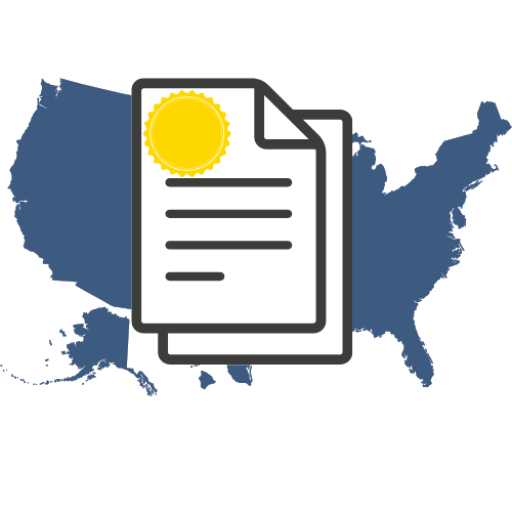How to Stay Up to Date with State-Specific Pesticide Regulations: A Proactive Compliance Guide
Author: USAPR Editorial Team Date: July 2025 Staying current with state-specific pesticide regulations doesn’t have to be overwhelming. Here’s how to build…
Author: USAPR Editorial Team Date: July 2025
Staying current with state-specific pesticide regulations doesn’t have to be overwhelming. Here’s how to build a proactive system using expert tools and consultancy support.
Introduction
Navigating the ever-changing landscape of state-specific pesticide regulations is essential for manufacturers and distributors. While the EPA sets a federal standard, each state imposes its own rules on registration, labeling, and usage restrictions. Falling out of compliance can result in stop-sale orders, product removals, or lost revenue.
This guide outlines key strategies to stay ahead of state-level changes—and how the USAPR platform simplifies the entire process through real-time alerts, compliance automation, and expert services.
Understanding State-Specific Regulations
Each state may differ in how it interprets or enforces pesticide use. Here are the primary regulatory areas to monitor:
State Pesticide Registration
States often require unique forms, fees, and submission portals beyond what’s needed for EPA registration.
Labeling Requirements
States may mandate:
- Special hazard statements
- Local usage instructions
- Non-English language requirements (e.g., Spanish in some instances)
Application Restrictions
States may limit application timing, geography, or methods based on:
- Environmental protection zones
- Weather patterns
- Proximity to sensitive sites
Your registration materials and labels must reflect these regional limitations.
Strategies for Staying Compliant
Maintaining compliance across 50 different jurisdictions requires a system—not just reminders.
1. Monitor Regulatory Updates Automatically
Rather than checking each state manually, subscribe to official agency updates or let USAPR’s Regulatory Alert System do it for you. Our engine tracks newsletter releases, rule changes, and label revisions, then flags only what affects your products.
2. Engage Expert Consultants
Our regulatory specialists:
- Interpret state-specific changes
- Help you adapt submission workflows
- Review labeling and application restrictions
Whether you manage 5 or 50 products, we help you stay aligned.
3. Build a Compliance Calendar
Create a living calendar that tracks:
- State renewal deadlines
- Expected label updates
- Fee submission dates
- New product launch targets
4. Conduct Regular Label Reviews
With DocRepo’s label review module, you can:
- Review all state-specific versions in one place
- Apply AI-assisted formatting checks (with human verification)
- Quickly compare past and updated versions
5. Automate the Process
Use purpose-built tools like those in the USAPR platform to:
- Sync product registration data
- Track regulatory status in real-time
- Reduce the burden on internal teams
Benefits of Partnering with USAPR for State Compliance
We’ve designed our consulting and software services to help you stay fully compliant with evolving state rules:
- SingleEntry: Prepare and submit registration materials to multiple states in a single workflow
- DocRepo: Review, tag, and validate pesticide labels across jurisdictions
- Compliance Tracker: Monitor approval status and upcoming renewal deadlines
- Regulatory Alerts: Get notified when a regulation changes that affects your product
- Expert Support: Access consulting help whenever deeper analysis is needed
Conclusion
Staying compliant with state-specific pesticide regulations doesn’t need to feel like chasing a moving target. By using a proactive strategy and leveraging tools like the USAPR platform, you can:
- Reduce manual tracking
- Prevent costly non-compliance issues
- Keep your products market-ready, nationwide
Whether you’re managing registrations in 3 states or 30, we’re here to simplify your workflow and keep you ahead of regulatory change.
Want an Easier Way to Stay Compliant?
Explore USAPR’s Compliance Tracker, DocRepo, and SingleEntry tools.
